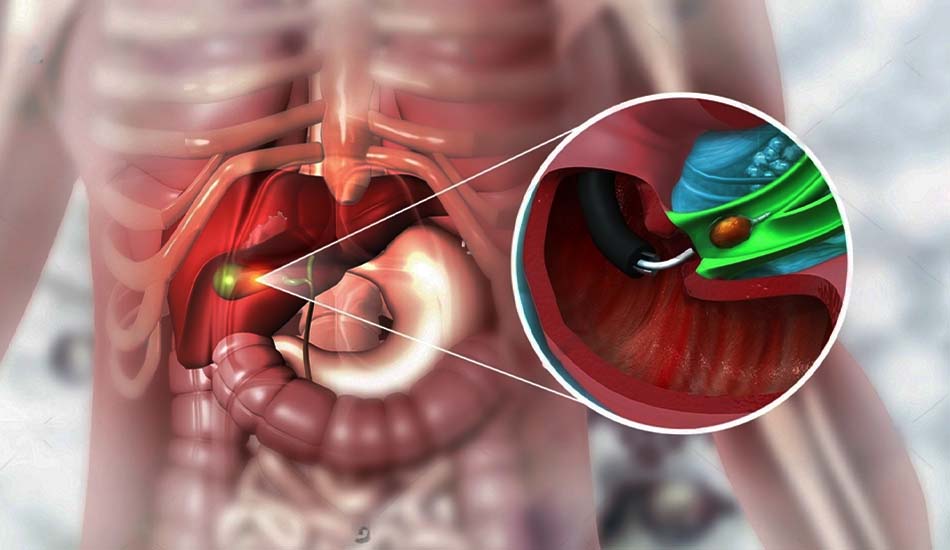
Gallstone Surgery: A Lifesaver or Just a Quick Fix?
Wednesday, 15th May 2024Gallstones are a common health issue, affecting millions worldwide. They form when substances in the bile—primarily cholesterol and bilirubin—harden into stones within the gallbladder. While many people with gallstones experience no symptoms and require no treatment, others suffer from severe pain and complications that necessitate surgical intervention. Gallstone surgery, typically involving the removal of the gallbladder (cholecystectomy), is a standard treatment. However, there are debates about whether this surgery is a lifesaver or just a quick fix. This article explores both perspectives.
Understanding Gallstone Surgery
Gallstone surgery, or cholecystectomy, can be performed using two methods:
- Laparoscopic Cholecystectomy: This is the most common and less invasive method where surgeons make several small incisions to remove the gallbladder.
- Open Cholecystectomy: Involves a single, larger incision and is typically reserved for cases where laparoscopic surgery is not feasible.
When Is Gallstone Surgery Necessary?
Surgery is usually recommended when gallstones cause symptoms like intense stomach pain, jaundice, and fever. These symptoms indicate complications such as cholecystitis (inflammation of the gallbladder), pancreatitis (inflammation of the pancreas), or cholangitis (inflammation of the bile duct). In these scenarios, surgery is not just a quick fix but a critical intervention that can be lifesaving.
The Lifesaver Perspective
For many, gallstone surgery is undeniably a lifesaver. Complications from untreated symptomatic gallstones can lead to severe, life-threatening conditions. By removing the gallbladder, surgery effectively eliminates the source of the problem, thereby preventing future episodes of pain and the risk of more serious complications. Moreover, laparoscopic cholecystectomy has a high success rate, involves minimal risk, and typically allows patients to return to normal activities relatively quickly.
The Quick Fix Critique
On the other hand, some argue that gallstone surgery might be seen as a "quick fix" in scenarios where less invasive management could be effective or when the surgery is performed without fully exploring other options. Dietary changes and medication can sometimes manage symptoms without the need for surgery, especially in patients who are at higher risk from surgical procedures. Additionally, removing the gallbladder, while resolving the immediate problem of gallstones, does not address the underlying issues that led to stone formation, such as obesity, high cholesterol levels, or dietary habits. This perspective suggests that a more holistic approach to health management might be necessary to prevent the recurrence of related issues.
Post-Surgery Considerations
After gallstone surgery, most people can live without a gallbladder without significant issues. However, some may experience changes in digestion and must adjust their diets to manage these changes effectively. This can involve eating smaller, more frequent meals or reducing fat intake to aid digestion and minimize discomfort.
Conclusion
Whether gallstone surgery is considered a lifesaver or just a quick fix often depends on the individual's specific medical situation and the severity of symptoms. It is a standard, safe, and effective treatment for those suffering from symptomatic gallstones, particularly when they pose a risk of complications. Nevertheless, it's crucial for patients and healthcare providers to discuss all possible treatment options, including lifestyle and dietary modifications, before deciding on surgery. This ensures that the chosen intervention not only addresses the immediate problem but also contributes to long-term health and quality of life.


